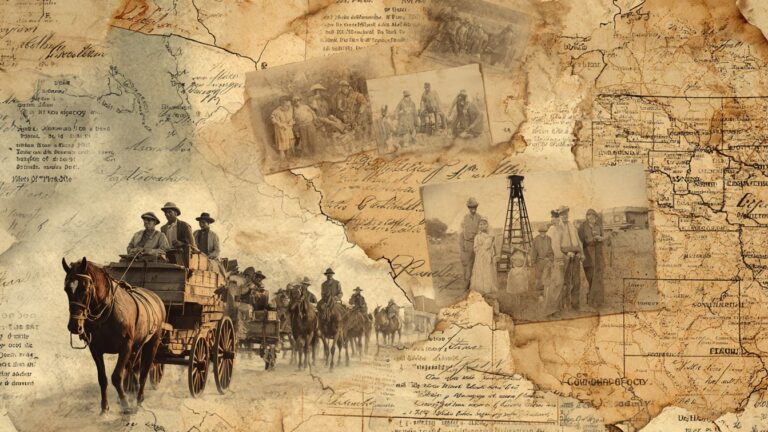
Creating a Research Plan to Solve Our Research Problem
By Laura Murphy DeGrazia, CG
Excerpted from Laura Murphy DeGrazia, “Problem Analyses & Research Plans,” Elizabeth Shown Mills, ed., Professional Genealogy: Preparation, Practice & Standards (Baltimore: Genealogical Publishing Co., 2018), 295–316.
Publisher’s Note: Last week we ran an excerpt from Laura Murphy DeGrazia’s chapter, “Problem Analyses & Research Plans,” published in Professional Genealogy: Preparation, Practice & Standards. That excerpt discussed the analysis of genealogical research problems. If you missed that excerpt you can read it today.
Today’s excerpt picks up the Laura’s discussion of Problem Analysis with the design of the Research Plan itself.
“Effective problem analysis requires a thorough understanding of three key issues.
“Whatever the research problem, once we have carefully analyzed everything we have accumulated and are confident that our starting-point data is sound, we can move forward with the development of a work plan for productive research.
“Research plans offer prioritized, detailed lists of relevant sources that should provide information to resolve the stated problem. We begin our lists with the sources we identified during our analysis of the accumulated evidence. We add others that may yield useful findings—drawing upon regional guides, repository inventories, and similar finding aids. We then narrow down the list and organize it according to a planned order of examination. That order is typically based on four criteria:
- Likelihood of useful results. We want to look first at sources that are most likely to offer information—be it direct evidence to answer the question, clues that will lead to other records, or previously examined data that requires reexamination. Sources that are less likely to provide useful findings are left until later.
- Search complexity. We conduct comparatively simple searches before we resort to the more complicated, time-consuming ones. For example, indexed record collections would likely be used sooner than unindexed records. Sources that require relatively long turnaround times to acquire—say, vital records ordered by mail or DNA test results—are sometimes bumped up the list for efficiency, as other tasks can be carried out during the wait. Complexity is a consideration for prioritizing the search, but sources that are easy to access should not automatically be added to the list. We must consider their relevance and the likelihood of useful results.
- Accessibility. We consider the repositories in which we will examine each source and plan accordingly to prevent unnecessary traveling. We may shift the order of examination, for example, to improve efficiency.
- Source quality and information reliability. Ultimately, our goal is to use the best available sources and those offering the most-reliable information. In general, this means we prefer original sources and primary information. However, authored narratives and derivative sources—abstracts, databases, and indexes, for example—can be especially valuable during the early stages of research, as they often lead us to original sources. Clues found in derivative sources or authored narratives must, of course, be traced back to the strongest available sources.
“The list of possible sources to explore may be lengthy. Research plans generally include only the first few steps. As the plan is executed and sources are examined, new findings may send us into a different direction. Promising leads could fail to uncover the hoped-for information. People, places, and sources that were initially considered irrelevant may turn out to be significant. As we encounter new findings, we must constantly consider the validity of what is left of our plan and modify it appropriately.
“Our prioritized list must unambiguously identify each source. At a minimum, our work plan should include the following:
- The name or clear description of the source
- Who and what to search for
- The objective of the search
- The repository or access method
- Relevant notes—surname variations, expected or possible findings, specific methods to use while searching, and so on
“A simple work plan, or an entry on a longer list of sources to check, might look something like the example in this chapter’s FIGURE 13-1.
“Research plans must also be flexible. As we execute them, we continually analyze and correlate new findings with existing information. We must be able to recognize if new information affects the plan. We may uncover clues that call for expanding the search to previously unconsidered locales, people, or sources. We may discover direct evidence that answers the question, requiring that we test that answer’s accuracy. Or we may encounter information that contradicts our working hypothesis, prompting us to resolve the conflict.
“In any such case, we must pause to adjust the plan. That may mean redesigning it entirely, altering it with additions and deletions, or shifting the order of items already on our list in order to accommodate new priorities.”




